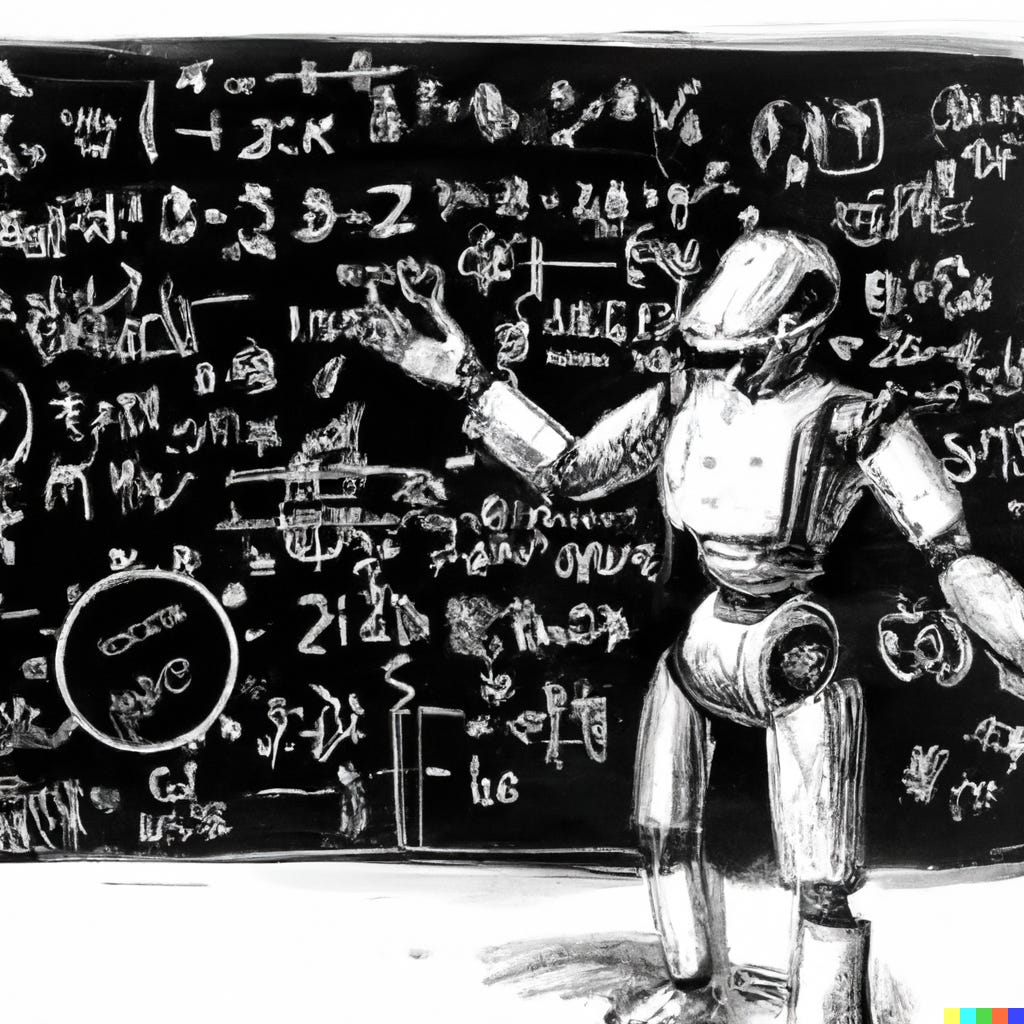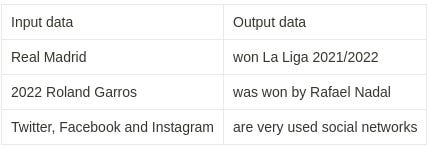#3 📈 The 1001 applications of Artificial Intelligence and the -unique- problem they really solve (II)
Today it's time to roll up our sleeves and understand what AI brings to any business
We've already seen in the previous issue how cool the AI is.
The problem? Few of those projects can be used on a day-to-day basis. Most of the data available to any business is tabular, and although it sounds less cool it can still be used for... Well, now we'll see 🙃
So, in this edition of Feasible we will see:
The unique problem solving AI and how we can take advantage of it.
Let's go for it!
🎯 The -only- problem that AI solves
The examples we saw in the previous post are actually what we get when we run an Artificial Intelligence model. I am convinced that you have already heard that word -model-, and in other occasions it will have been algorithm. You will even know that to get those examples a lot of data will have been used, mixing in there also the well-known Big Data.
What a chaos.
Let's bring some order. If I had to define what AI does in one sentence it would be something like this:
Artificial Intelligence turns data (or examples) into models. And what converts this data into models we call an algorithm.
We call this process of converting data into models training. It is training because the model adapts as it sees new examples, it learns from them to describe reality. This description of reality is the model.
Once we have the model, we will want to use it. That is, we will want to give it a new piece of information that it has not seen previously so that it can give us a solution.
For example, when we saw the case of the AI that generated a large text from an initial text, it has probably been trained by taking texts and telling it how to complete them, in the style of a (but with much more data, of course):
So, what the model will do will be to learn to relate the input data with the output data (the processes to do this are very sophisticated, we will see them later), so that when a new input data arrives, it will have learned well enough to be able to predict what the output will be. At that moment, what we will do will be to write "Atlético de Madrid" and it will complete it with something like "it has a shield with red and white stripes".
In the example of DALL-E 2, the AI that generates realistic images from text, how do you think it will have been trained? Well, yes, something like this:
And in the end the model will learn to relate that input data to the output data. Again, in a very sophisticated process that you can read here if you are very interested. In this learning process, if we pass the sentence "Messi playing basketball with NBA players" to the model, it will try to predict which image most closely resembles that description.
You can see the point, can't you? Predict, predict, and predict. Yes, that's what Artificial Intelligence does.
Okay, the AI predicts, but what can I do with that?
Well, a lot, a lot in fact. Any company that has data -and I suspect that 99.99% of companies will have it, whether they are digitized or not- can exploit it to their advantage.
Imagine you have a clothing store.






